Key features
Photogrammetry scan of the Dynna Stone
Fully interactive museum exhibition display
Hand tracking solution for user interaction
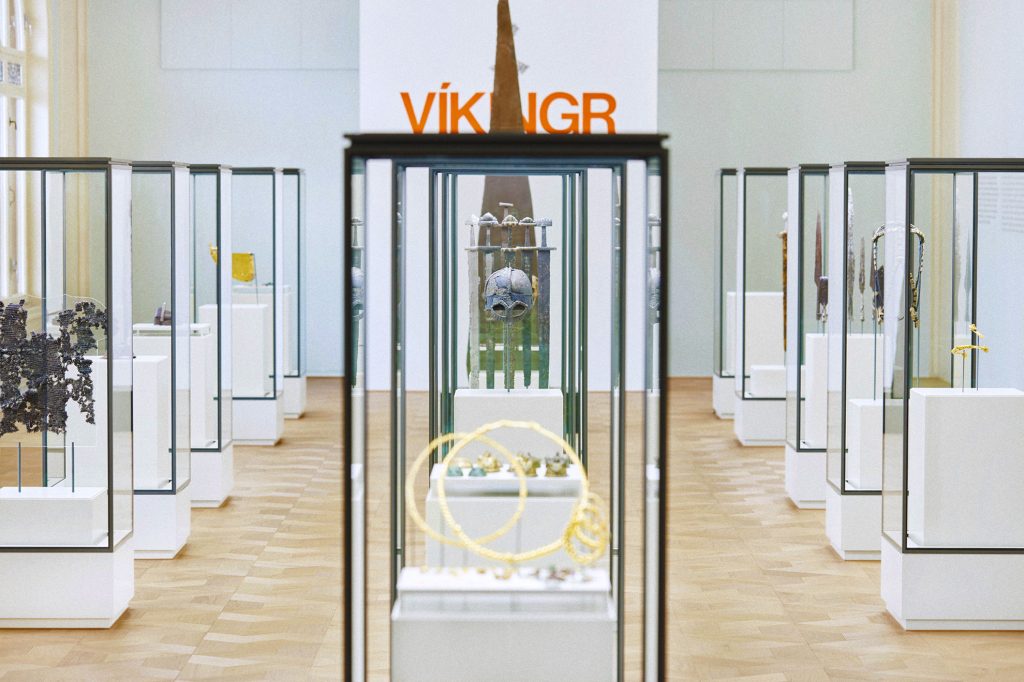
The Historical Museum located in Oslo, houses Norway’s largest archaeological collections. The most popular exhibition is Vikingr which displays iconic Viking objects including weapons, armour, jewellery and treasures as well as one of the most famous runestones.
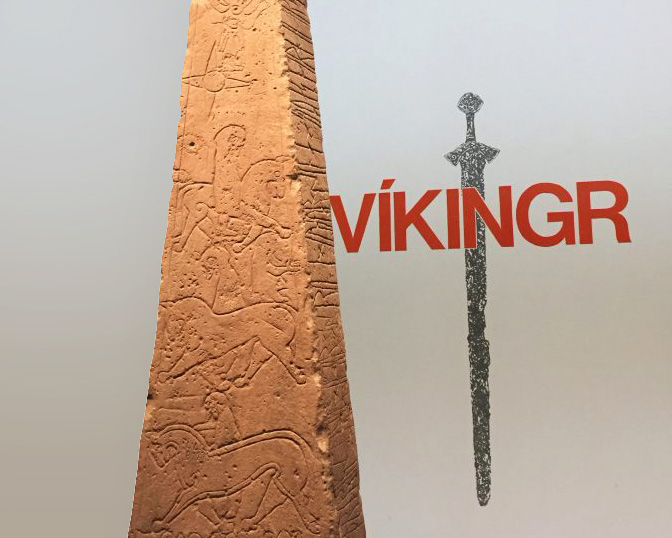
The Dynna Stone
One of the most important runestones in the collection is the Dynna Stone. The stone depicts a turning point in religious beliefs in Norway; the transition from Norse paganism to Christianity which took place during the 11th century.
Prominently displayed at the museum and standing three metres tall, the Dynna Stone has Norse runes carved down one side, while its front face depicts the birth of Jesus Christ among the first examples of Christian pictoral art in Norway
The Historical Museum was searching for a way of presenting the Dynna Stone, to highlight and enhance the runes and its motifs so that they could be explored and understood by the general public in an interactive way.
Working closely with the museum’s curator we decided to digitalize the Dynna Stone as the way of best meeting these needs. However, we also were also conscious of the fact that preserving the authenticity of the stone and all its details during the digitization process was key to this project’s success.
About the Museum of Cultural History
The Historical Museum located in Oslo houses Norway’s largest prehistoric and medieval collections of artifacts and treasures. Vikingr exhibition includes one of the most important runestones still in existence; the Dynna Stone, with its runic inscription on one side, and Christian motifs on the other, symbolizing an important point in Norwegian history.
Scanning the stone
We started by capturing the Dynna Stone through photogrammetry. We did this by taking hundreds of high resolution images of the stone, we then processed these photos into a 3D model, which enabled us to capture all the miniscule details, deformities and surface textures across the stone.
This 3D model was then optimized by our modelling team so that it retained all its rich details, the complexity of the model was now at a level that it could be used in a real time interactive engine. Each of the runes, and the Christian motifs were then manually traced so that a pixel perfect sketch could be lifted off the stone and digitally highlighted.

Interacting with the stone
With the digital replica of the Dynna Stone complete, our next task was implementing it into an interactive user friendly experience that would be fun for all the museum visitors. We used the ‘Leap Motion’ hand tracker, to track user hand movements to both rotate the stone and also point at different motifs or runes to highlighting details and generating further information.

Preservation through digitization
The digitization of the Dynna Stone and its installation as a permanent exhibition piece at the Cultural History Museum was completed in early 2019. Today the installation invites museums goers to interact with the Dynna Stone, exploring its secrets and uncovering the hidden meanings behind both its runes and Christian motifs. The interactive experience not only celebrates a key moment in Scandinavian history but through a vigorous digitization process preserves the Dynna Stone for generations to come.

 Cultivating Minds: How Havrå Farm Game will Grow Sustainable Leaders
Cultivating Minds: How Havrå Farm Game will Grow Sustainable Leaders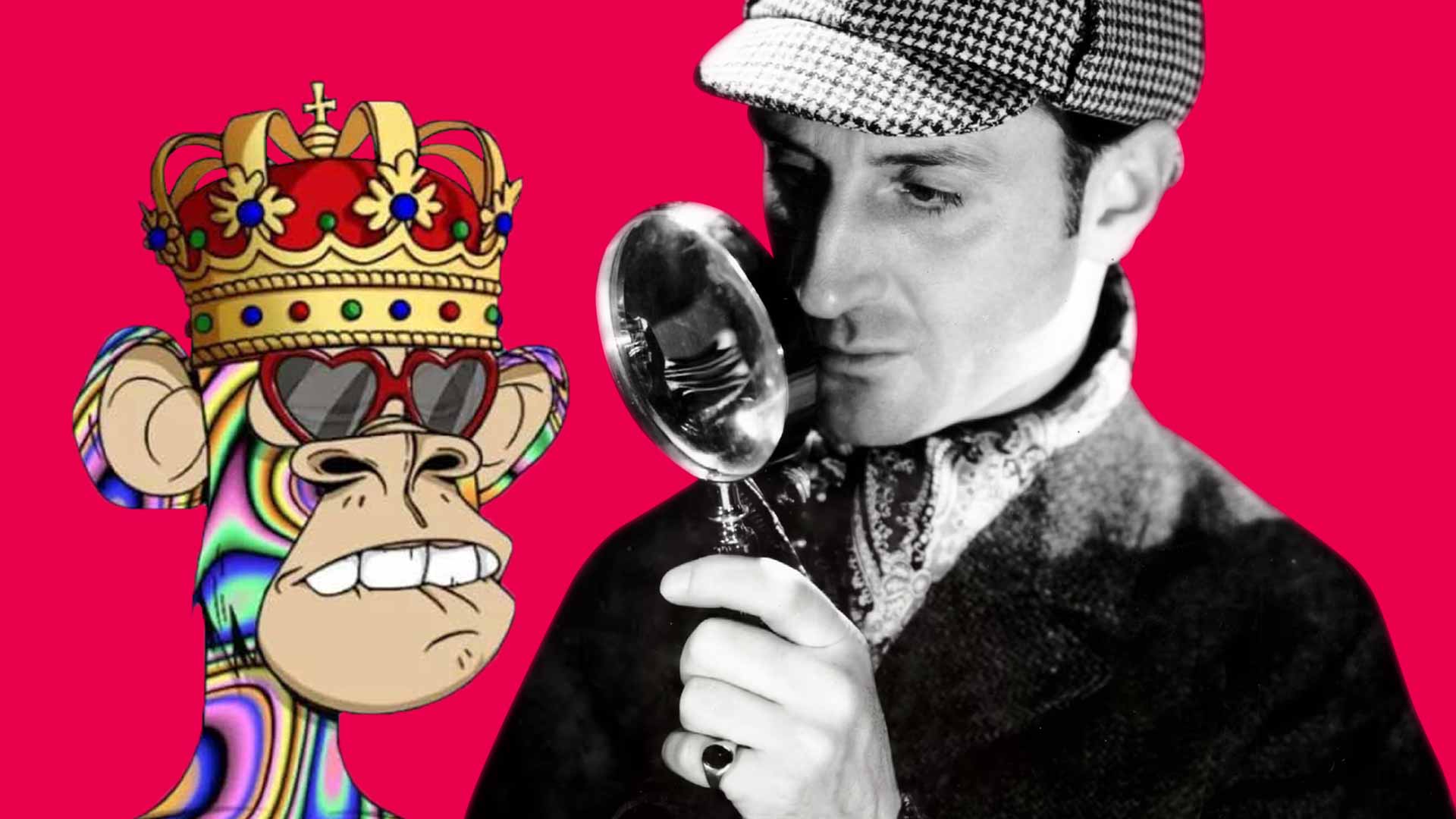 How cultural heritage is leveraging blockchain and NFTs to reconnect to their audience
How cultural heritage is leveraging blockchain and NFTs to reconnect to their audience It’s hot tub time
It’s hot tub time The renaissance of the classic arcade
The renaissance of the classic arcade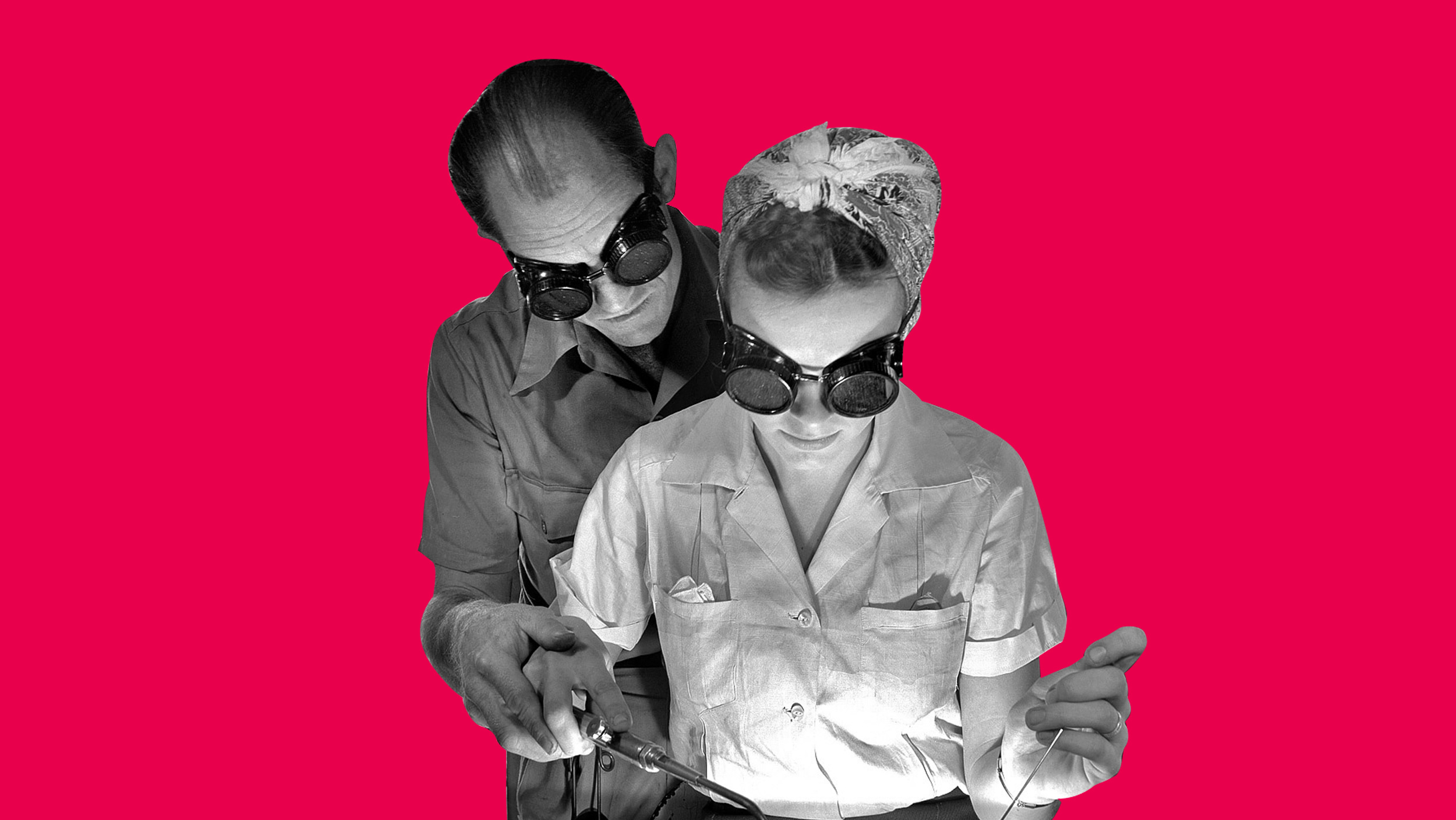 A model for understanding the virtual reality experience
A model for understanding the virtual reality experience How VR / AR are an effective b2b sales solution
How VR / AR are an effective b2b sales solution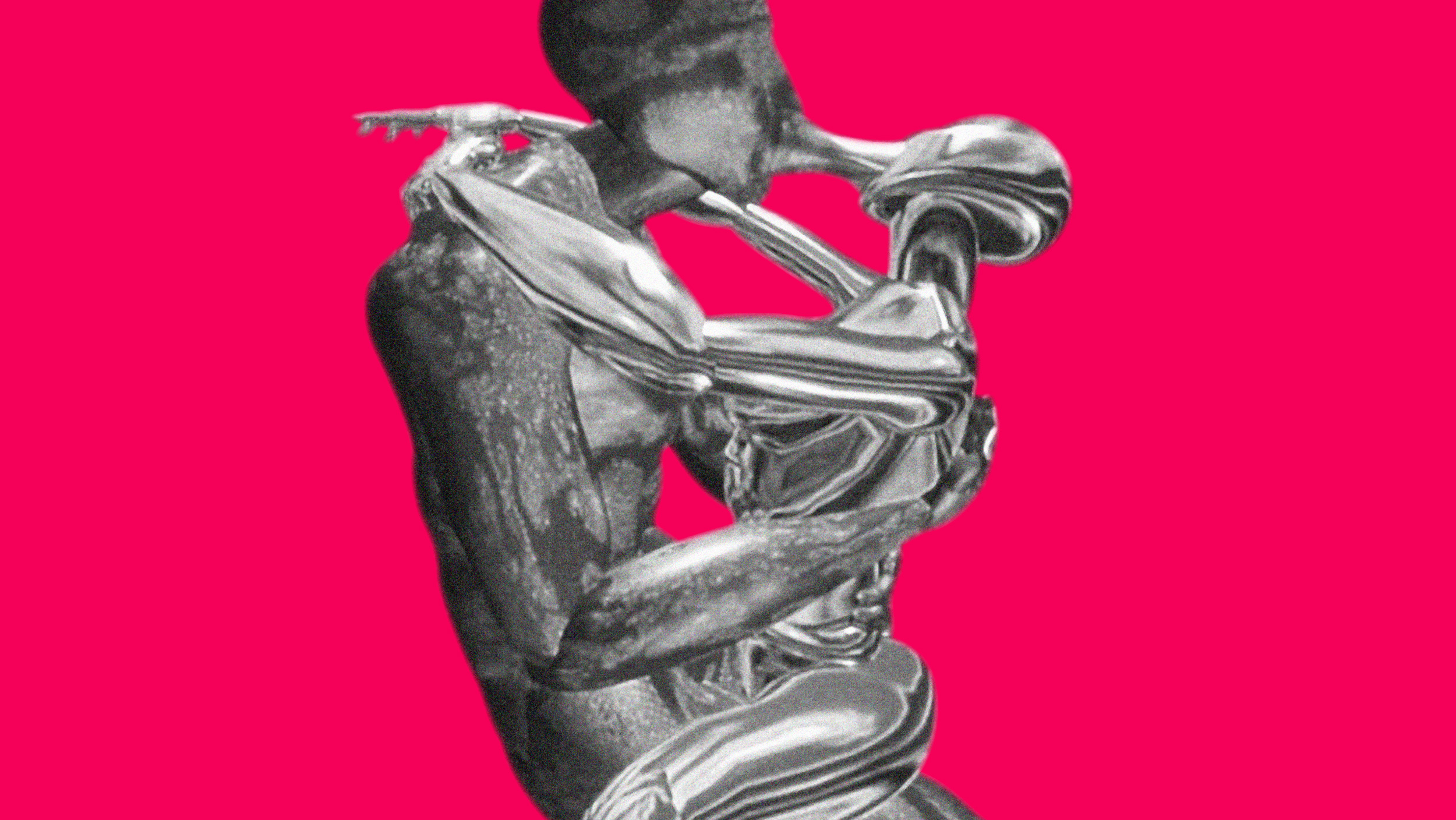 VR – Machine driven human to human interaction
VR – Machine driven human to human interaction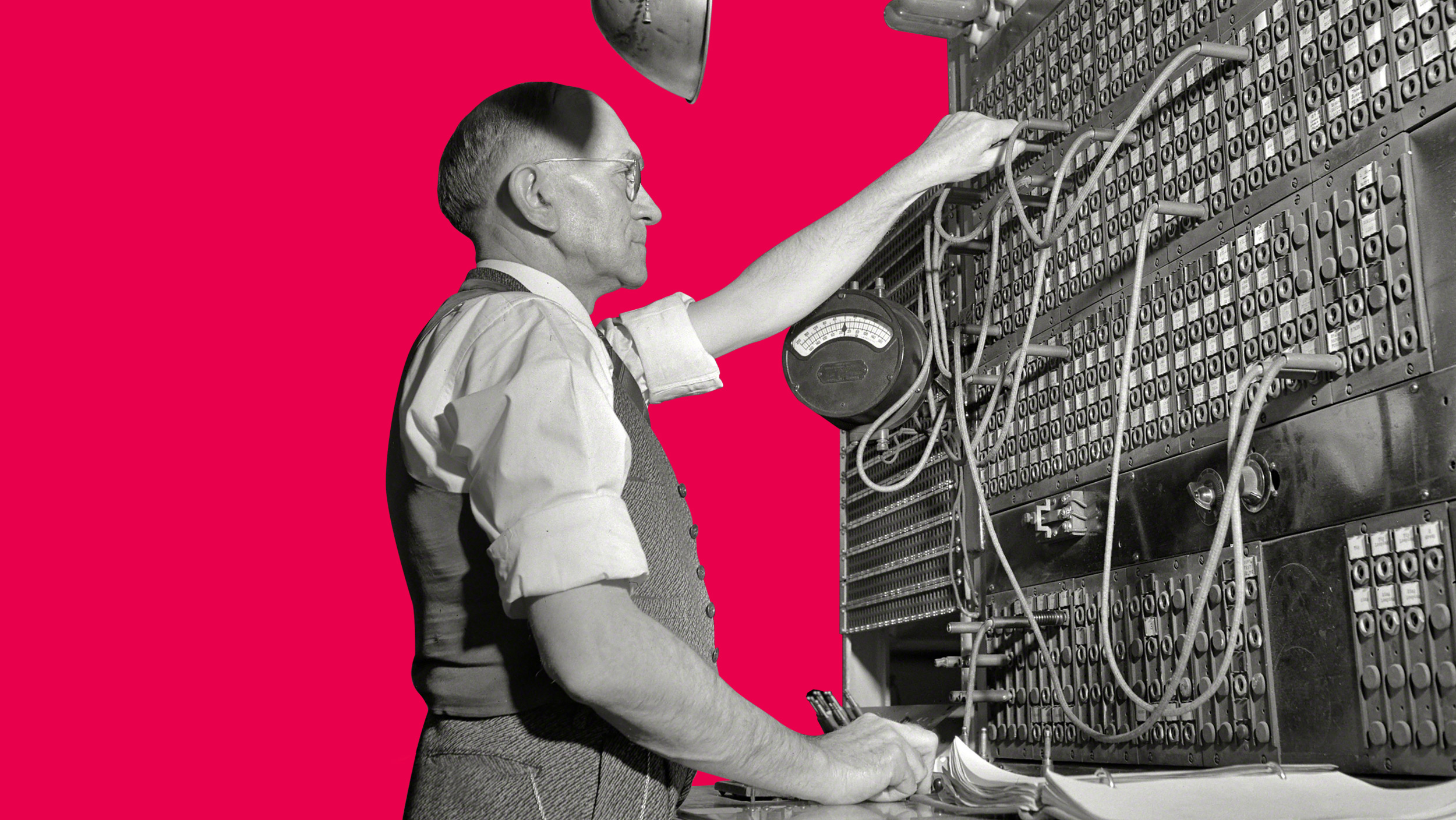 Untangling the wires – how 2019 will see virtual reality cut the umbilical-cord
Untangling the wires – how 2019 will see virtual reality cut the umbilical-cord Our long road to getting virtual reality on the road
Our long road to getting virtual reality on the road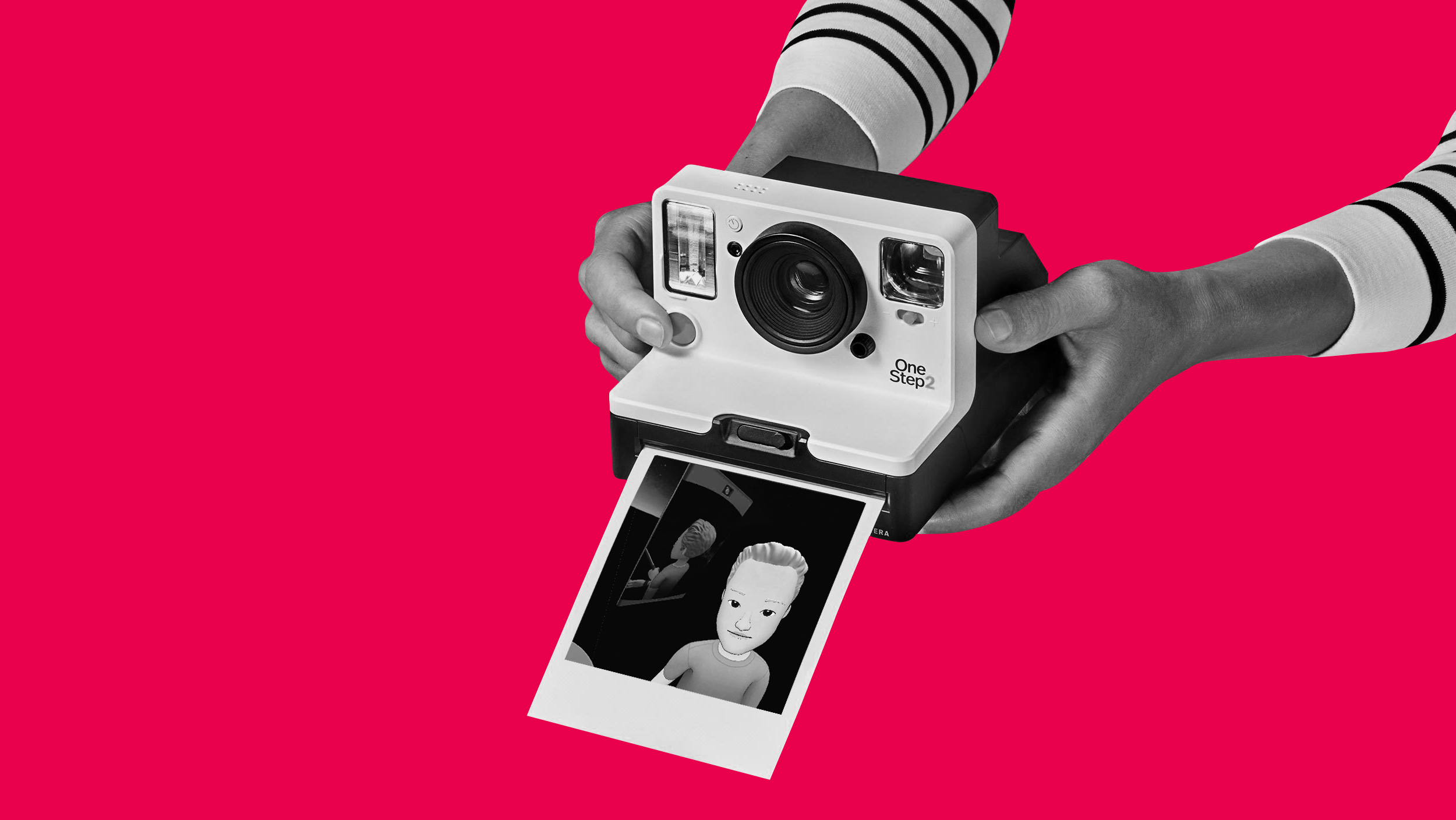 The information age is dead welcome to the experimental age
The information age is dead welcome to the experimental age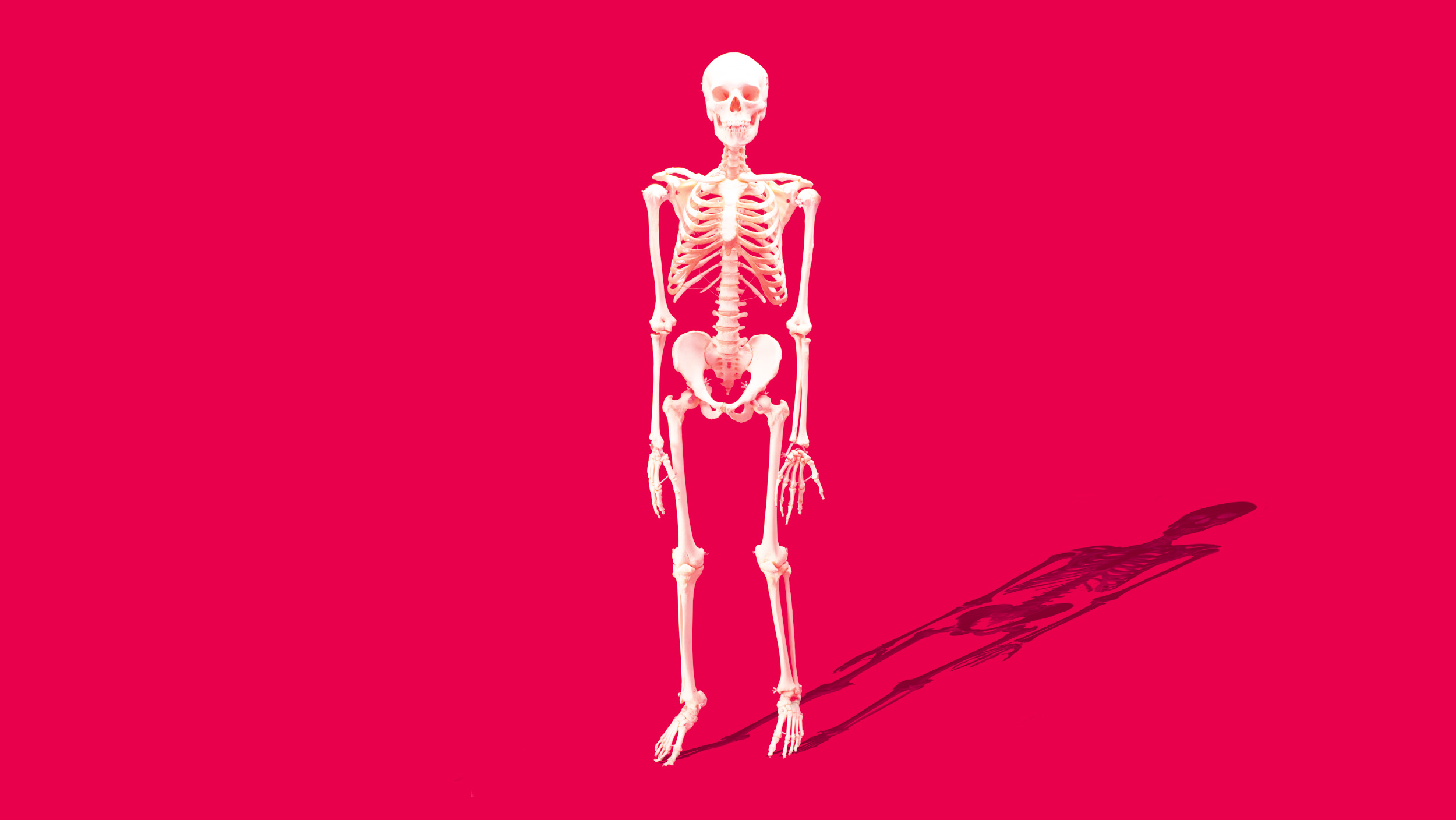 Anatomy of VR
Anatomy of VR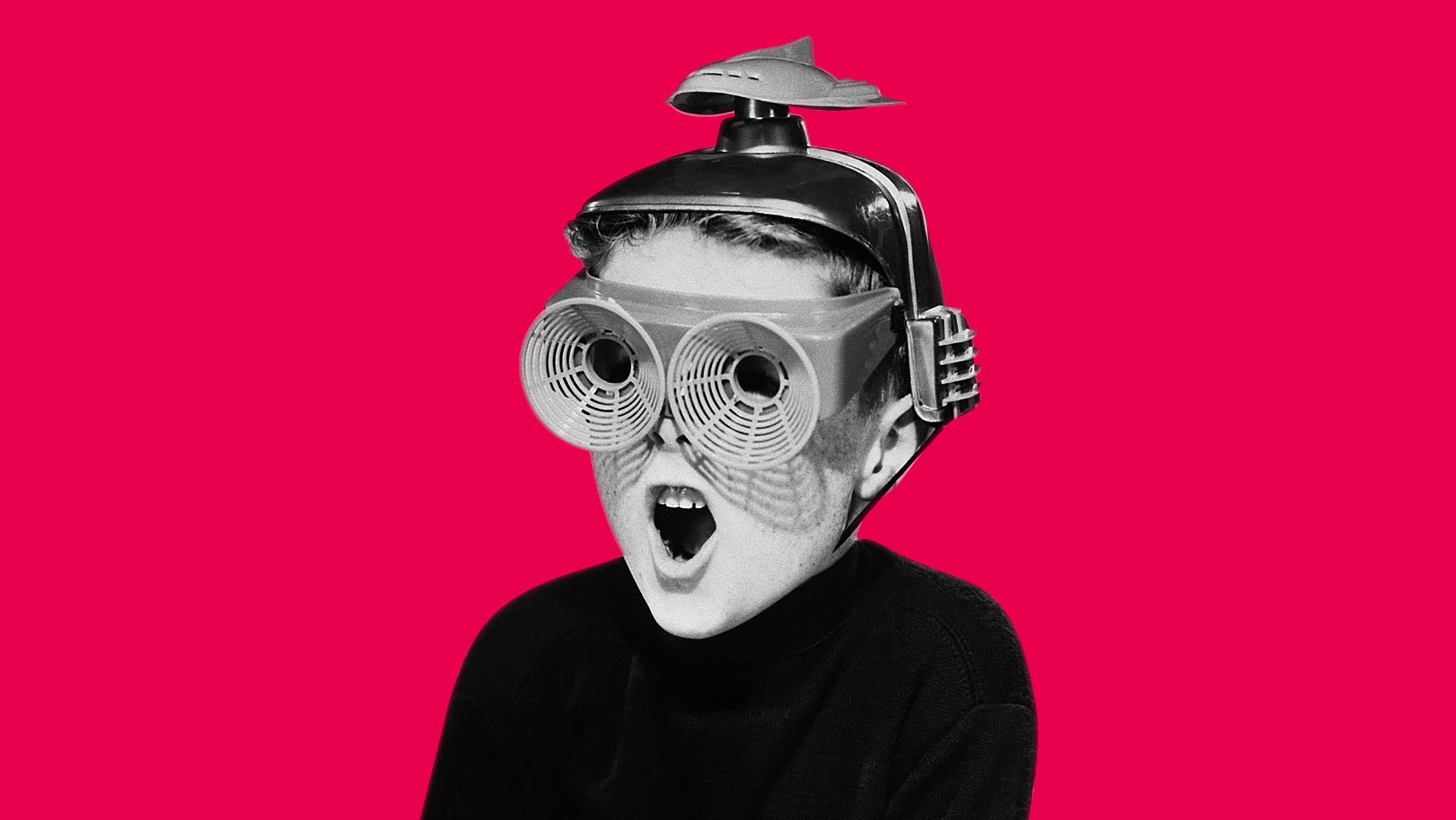 Deciphering the hololens
Deciphering the hololens Make it sound right or break immersion
Make it sound right or break immersion Branding your reality
Branding your reality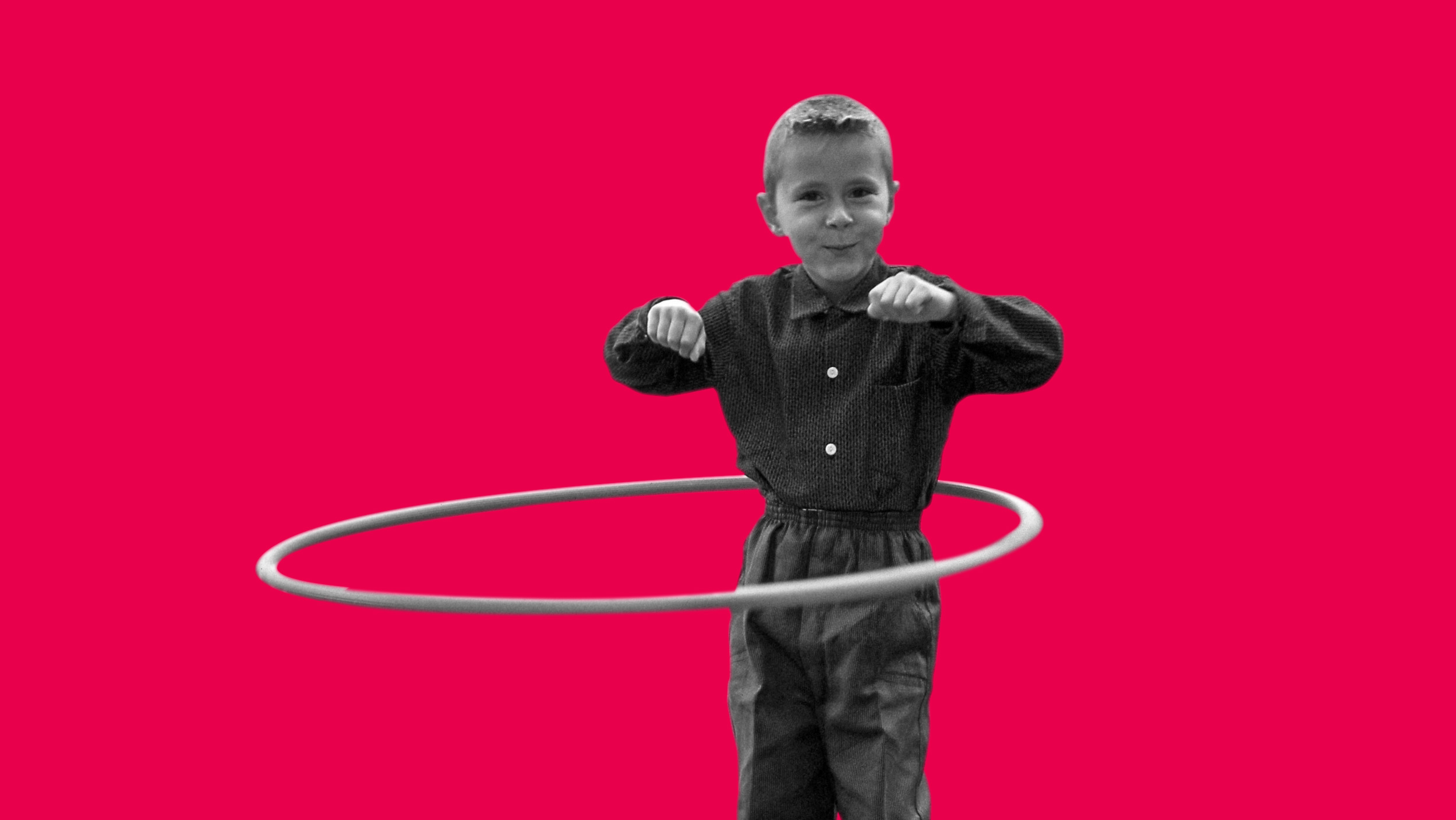 A deep dive into immersion
A deep dive into immersion Why the suit & ties don’t get VR
Why the suit & ties don’t get VR The hidden marketing value of virtual reality
The hidden marketing value of virtual reality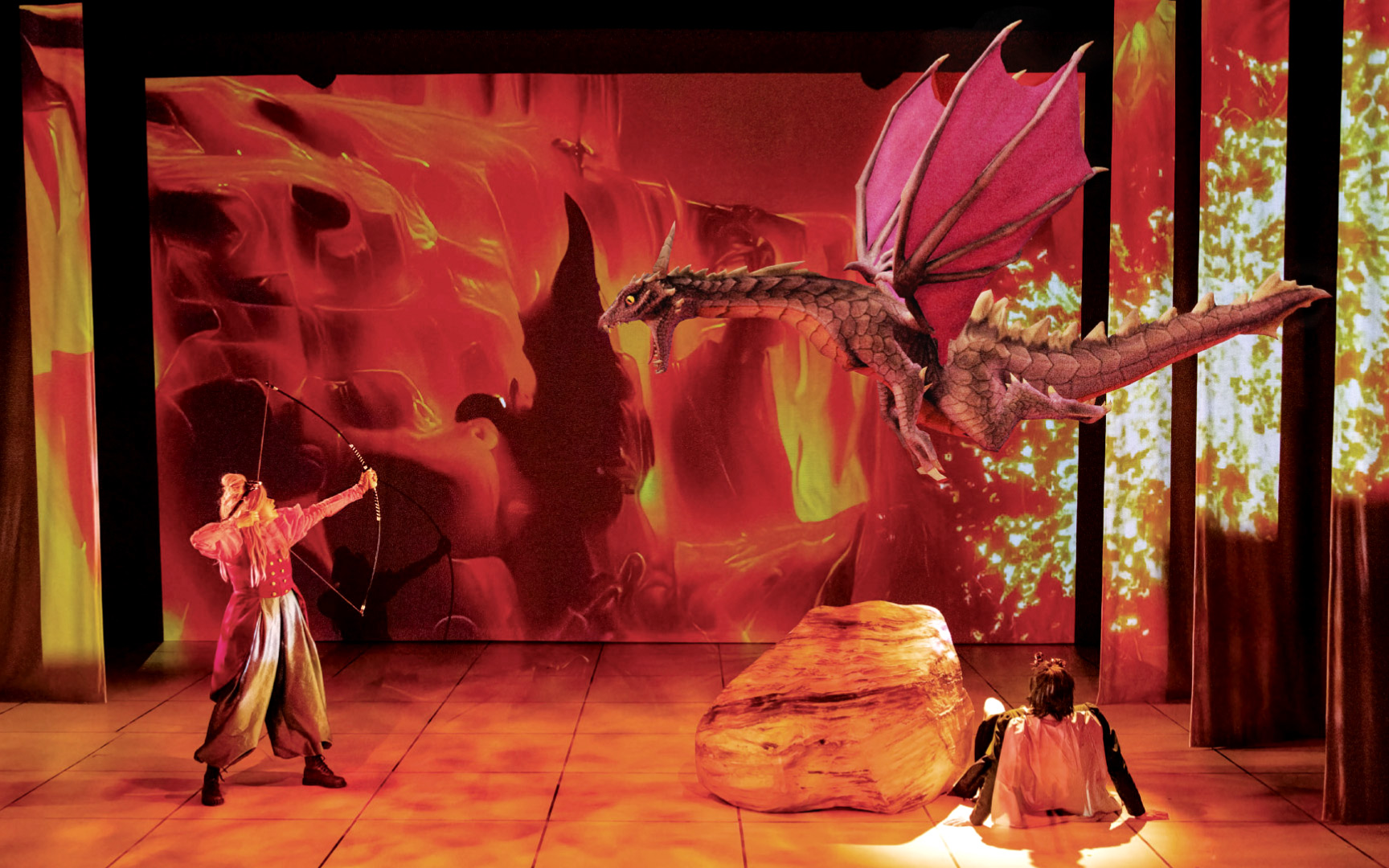 Theatre reimagined with AR
Theatre reimagined with AR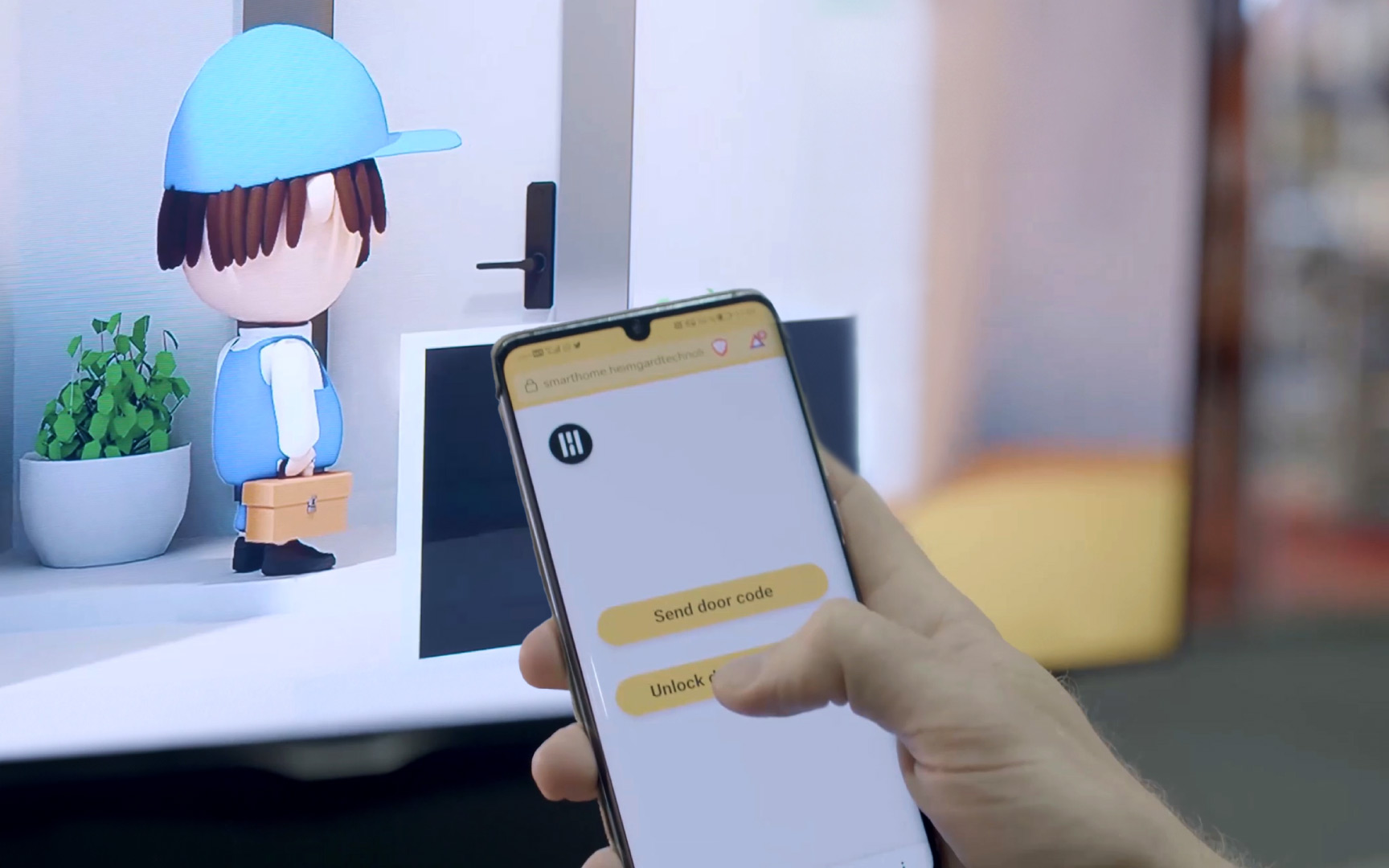 Let your audience control their experience
Let your audience control their experience Immersive web to CRM integration for lead gen
Immersive web to CRM integration for lead gen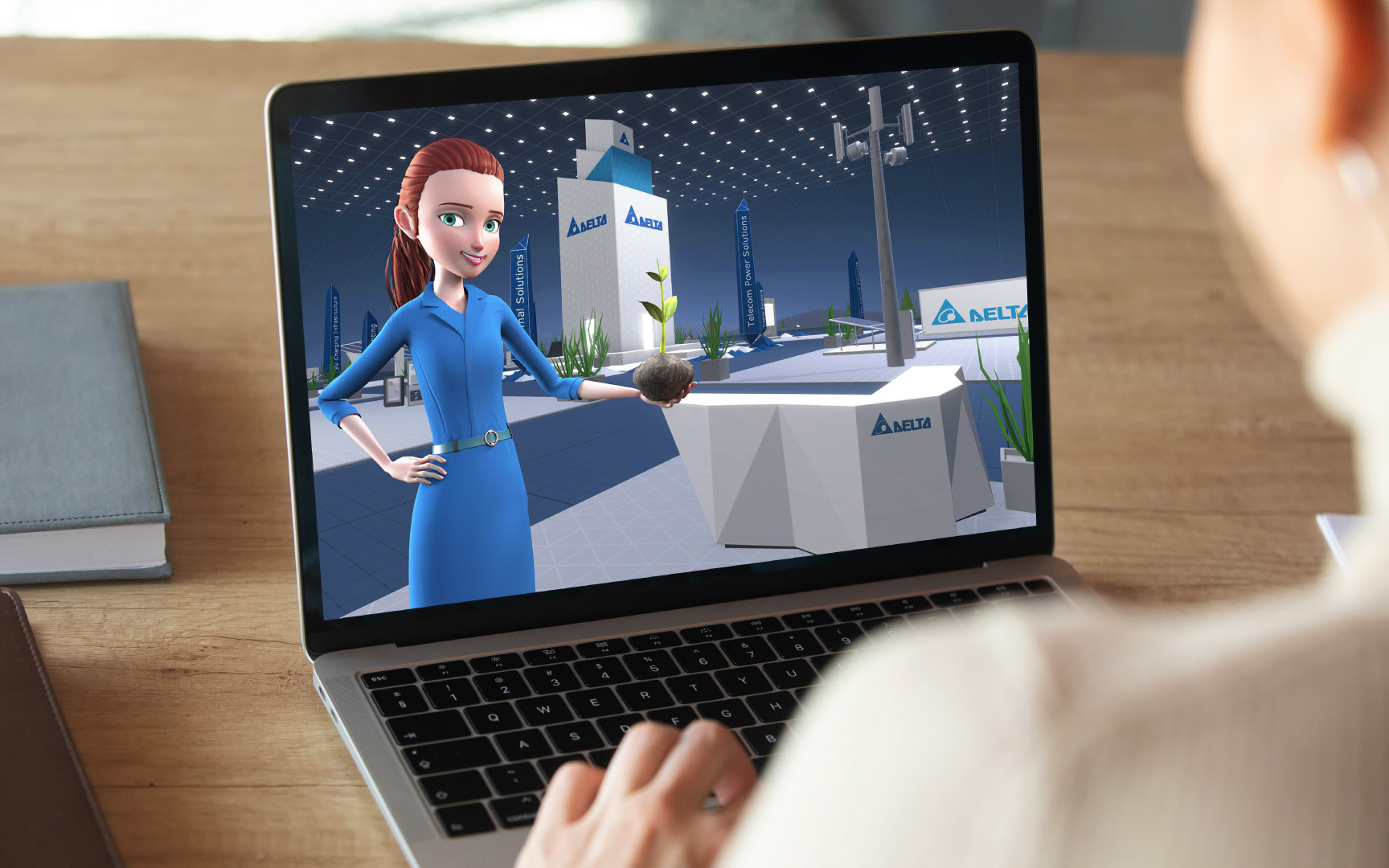 Digital interactive exhibitions during the pandemic
Digital interactive exhibitions during the pandemic Creating a virtual museum with photogrammetry
Creating a virtual museum with photogrammetry Sailing across the pacific in VR
Sailing across the pacific in VR Audience engagement through immersive web
Audience engagement through immersive web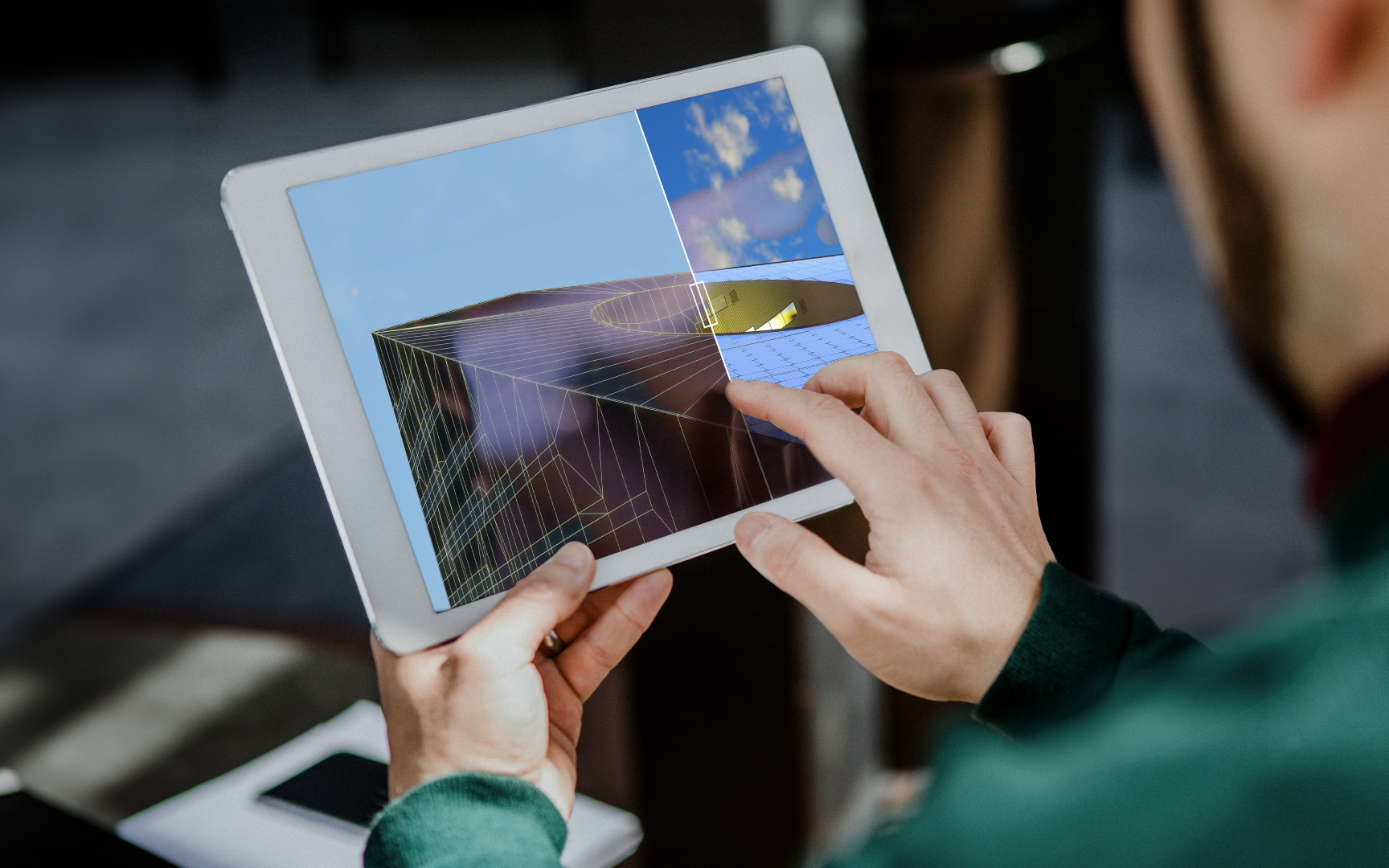 Share your architectural vision in AR
Share your architectural vision in AR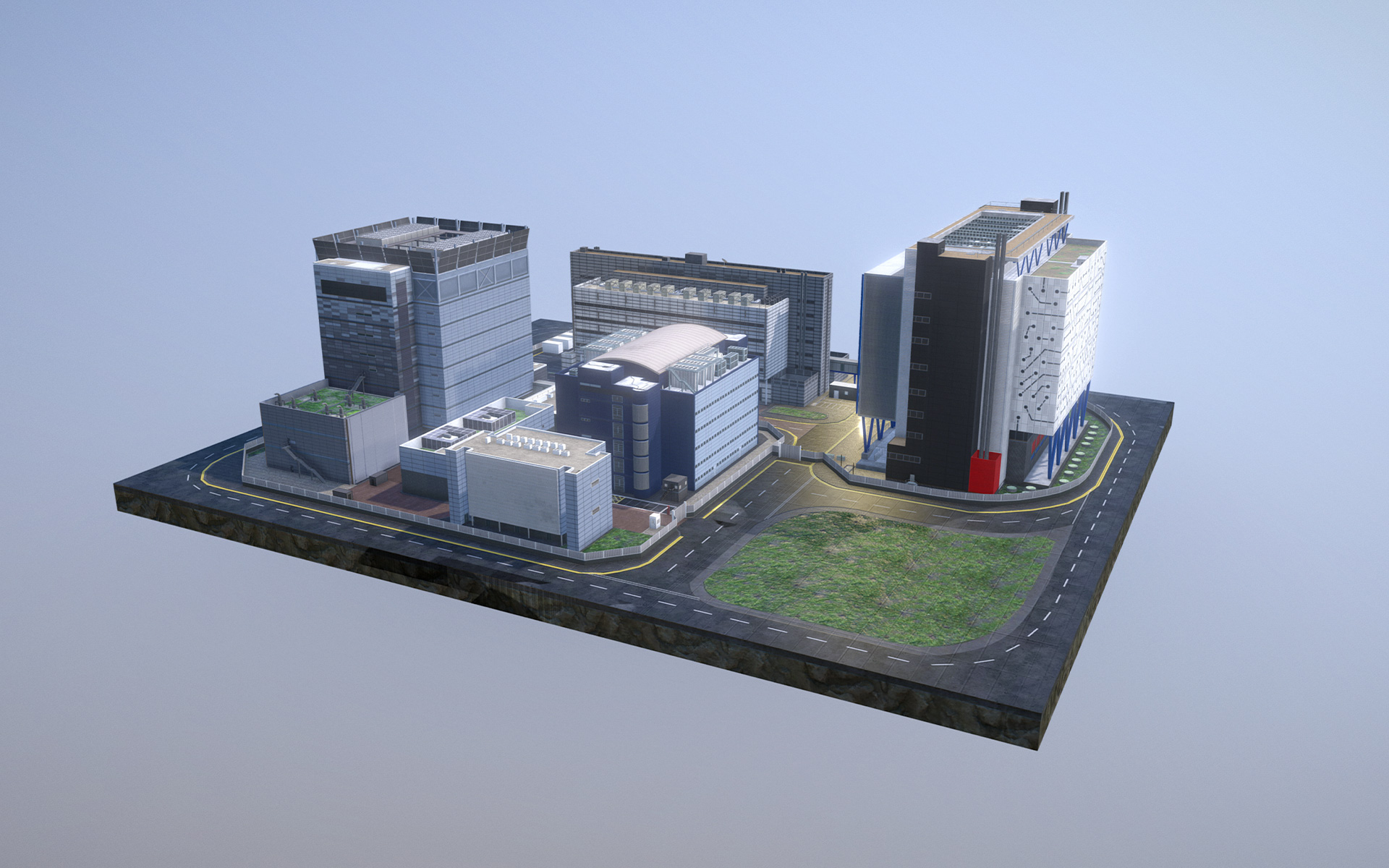 Selling complex installations across WebGL and VR
Selling complex installations across WebGL and VR Bringing history to life with 360 photospheres
Bringing history to life with 360 photospheres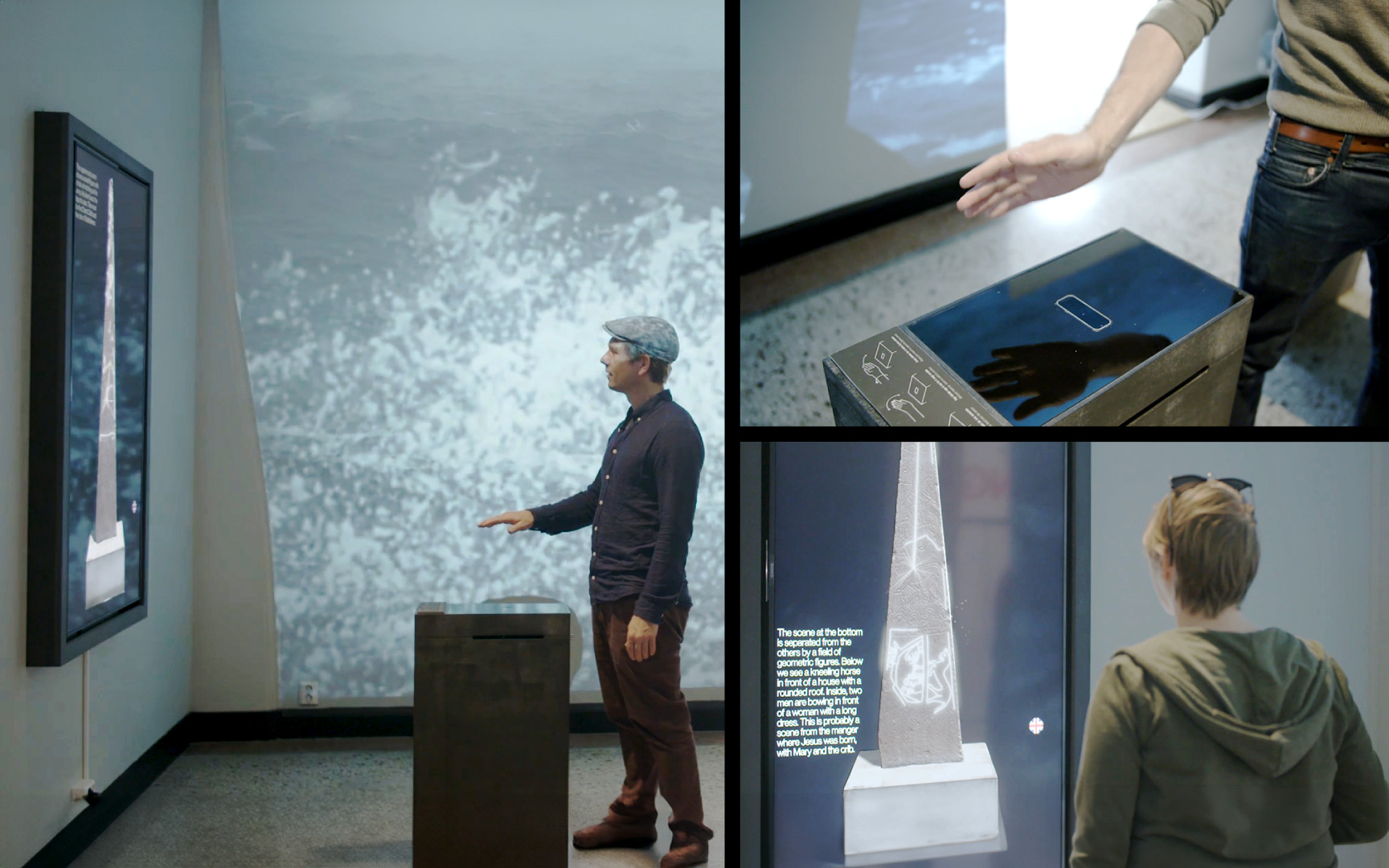 Digitizing hard to exhibit historical artifacts
Digitizing hard to exhibit historical artifacts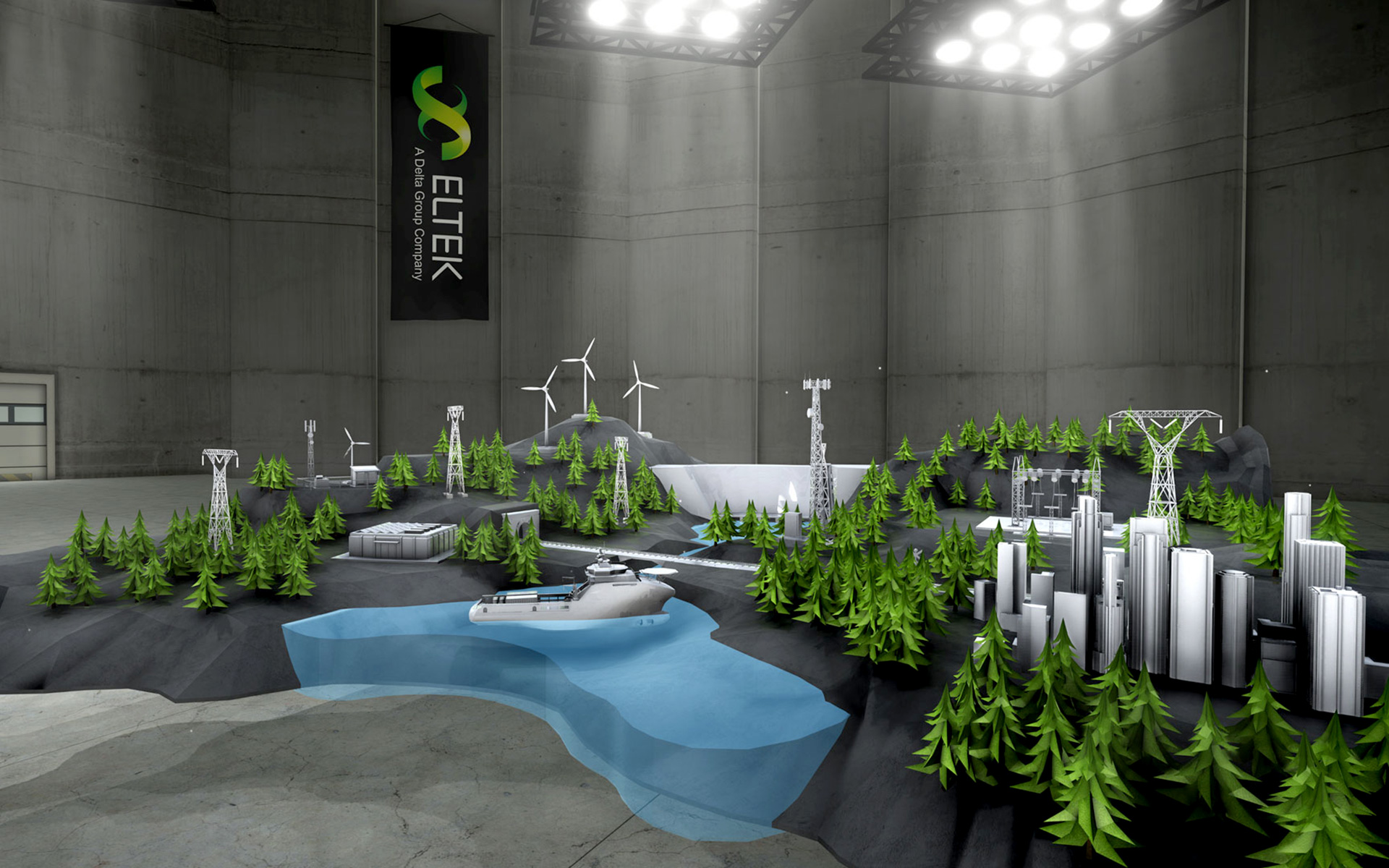 Creating an immersive product showroom
Creating an immersive product showroom Creating interactive 360 heritage site tours for web
Creating interactive 360 heritage site tours for web